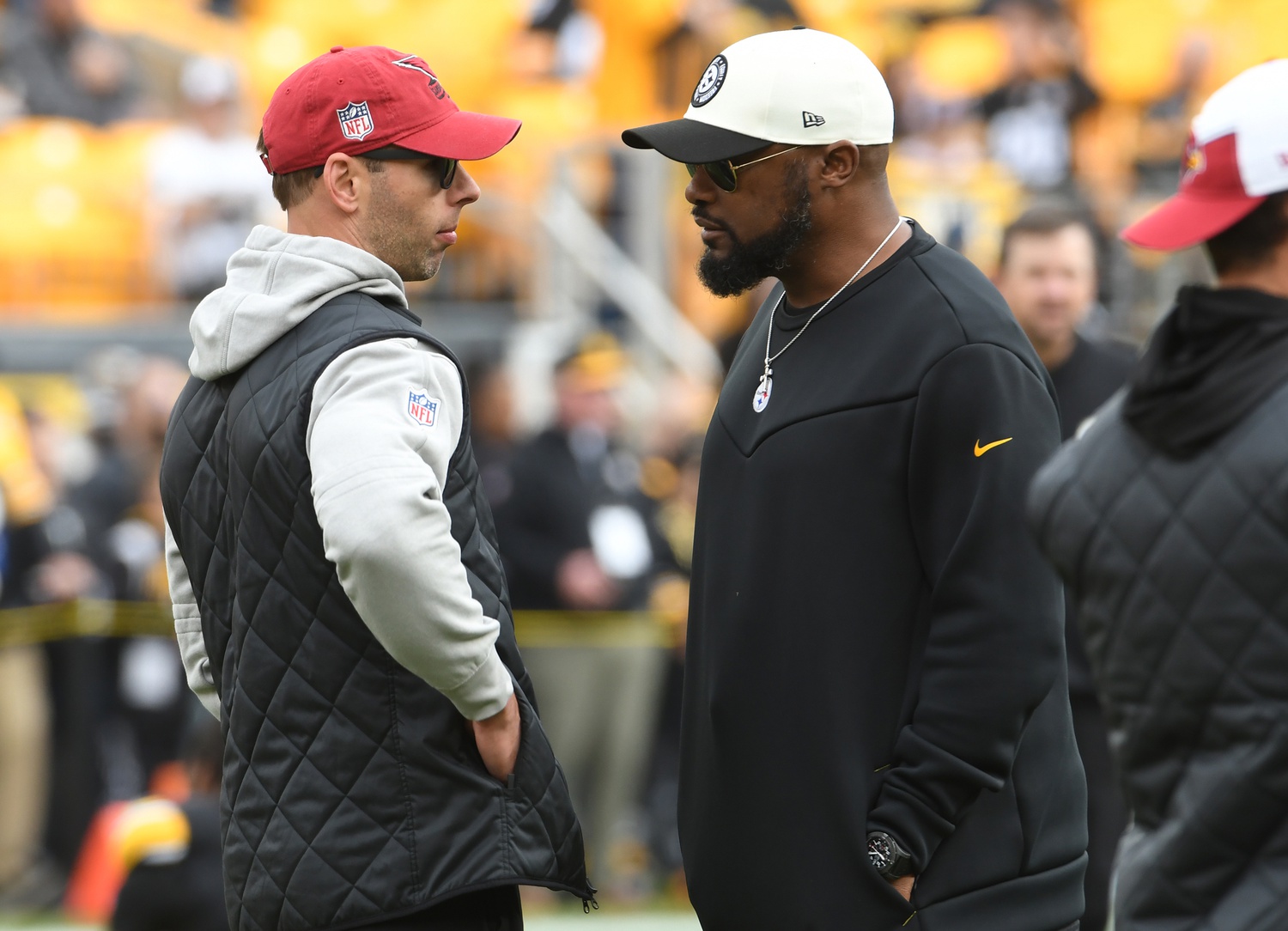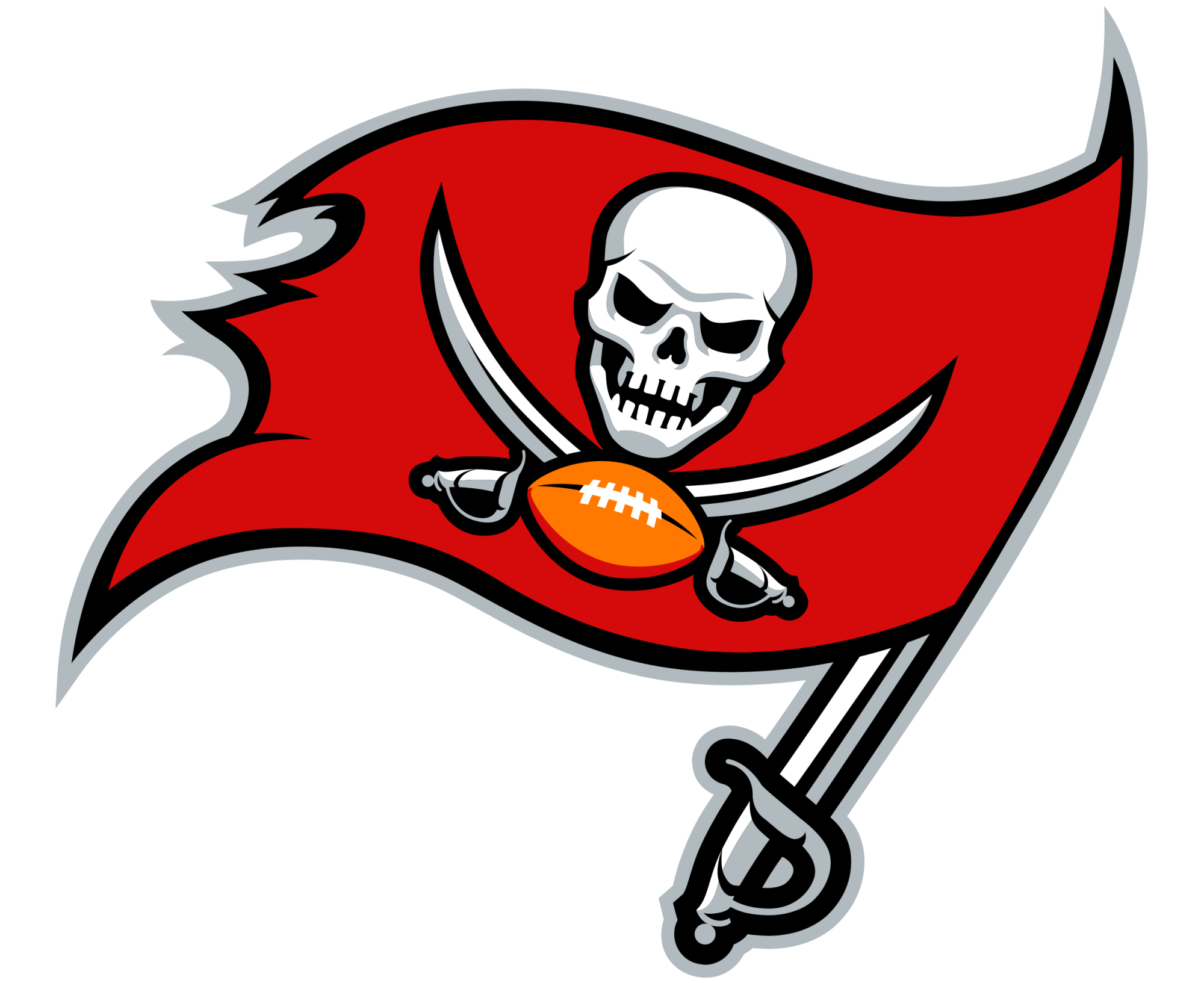The NFL Has Changed, The Steelers Have Yet To Follow Suit

Mandatory Credit: Philip G. Pavely-USA TODAY Sports
I was an English Education major in college. It was a fun blend of practical teaching approaches and engaging in analysis of different prose. However, there was a stark contrast in many capacities between the two disciplines. It was easy to see the styles of early authors and playwrights have influenced modern-day literature and even music. The arts move with the times and in many cases have forwarded societies. On the other hand, as multiple professors pointed out to me, education has been far less innovative.
It’s an area that is highly criticized. Despite a deeper understanding of students’ needs and development, many structures and practices from the ‘70s and ‘80s remain prevalent in today’s school systems. Thus, private and charter schools have emerged in an effort to better serve the modern student.
I was reminded of this stuck-in-the-mud way of thinking as I watched Damontae Kazee hit on Michael Pittman Jr. on Saturday afternoon.
Let me be blunt: I don’t have a major problem with the hit. In fact, I called it a “hospital pass” in the moment, and I take issue with the ejection, let alone the suspension of Kazee. However, as I scrolled Twitter during the commercial break, I read accusations of the Steelers as a dirty team that tries to hurt opposing players with hits like that.
It made me feel old. Was it that long ago that James Harrison, Ryan Clark, and Mike Mitchell were playing the game? Do current NFL fans not remember Cam Chancellor and the Legion of Boom in Seattle? While this hit wasn’t overly egregious in my eyes, or likely that of the many on the Steelers, perhaps that is a cause for concern.
The Steelers are playing a dying brand of football. Whether Tom Brady likes it or not, hard-hitting, smash-mouth football is withering away like the crushed leaves of fall beneath winter’s snow. Offensive players are protected, so teams around the league are throwing to areas of the field that they wouldn’t dream of 10 years ago. Run games rely on speed and zone reads with mobile quarterbacks and hot routes for speedy wide receivers.
While the Steelers have the personnel to run these types of schemes, their identity is still rooted in Mike Tomlin’s golden years. The past six seasons have been beyond disappointing, particularly in the latter part of the season and in playoffs. I mean, the Pittsburgh Pirates and the Pittsburgh Steelers have had the same number of playoff wins in the past 10 years– I’m certain that doesn’t need elaboration.
The Steelers aren’t the intimidating mob of black-and-gold that they once were. In some ways, the NFL has stripped them of that with the current rules. In other ways, coaching and the front office have handcuffed their team by not moving with the times. George Pickens is the prime example.
Pickens is a player who loves – or loved – blocking. It was what endeared him to Steelers fans, maybe more so than his circus catches. This year, though, Pickens has been flagged multiple times for crack-back blocks. In addition, he has been grossly underutilized. I don’t think it’s a coincidence that his efforts in the run game has diminished along with his targets.
This is not an endorsement of Pickens’ behavior or his apparent lack of commitment to the team, but it is worth acknowledging that players like him perform much better when they are happy. With a little window shopping around the league, Pickens can easily see that he would fit a more dynamic offense much better than the one he currently plays in.
Rich Eisen, who called the game on Saturday, revealed that T.J. Watt acknowledged that some members of the team weren’t motivated by Tomlin to practice in a manner that is necessary to be great. While Watt found it “wild,” it is a reality that everyone must face. If the current structures in the Steelers’ organization aren’t reaching younger players, they have a bleak future ahead of them.
The question now is whether or not the Steelers will suddenly wake up to the current state of the NFL, or if they will continue to grow moss in their place in history.
Up Next





